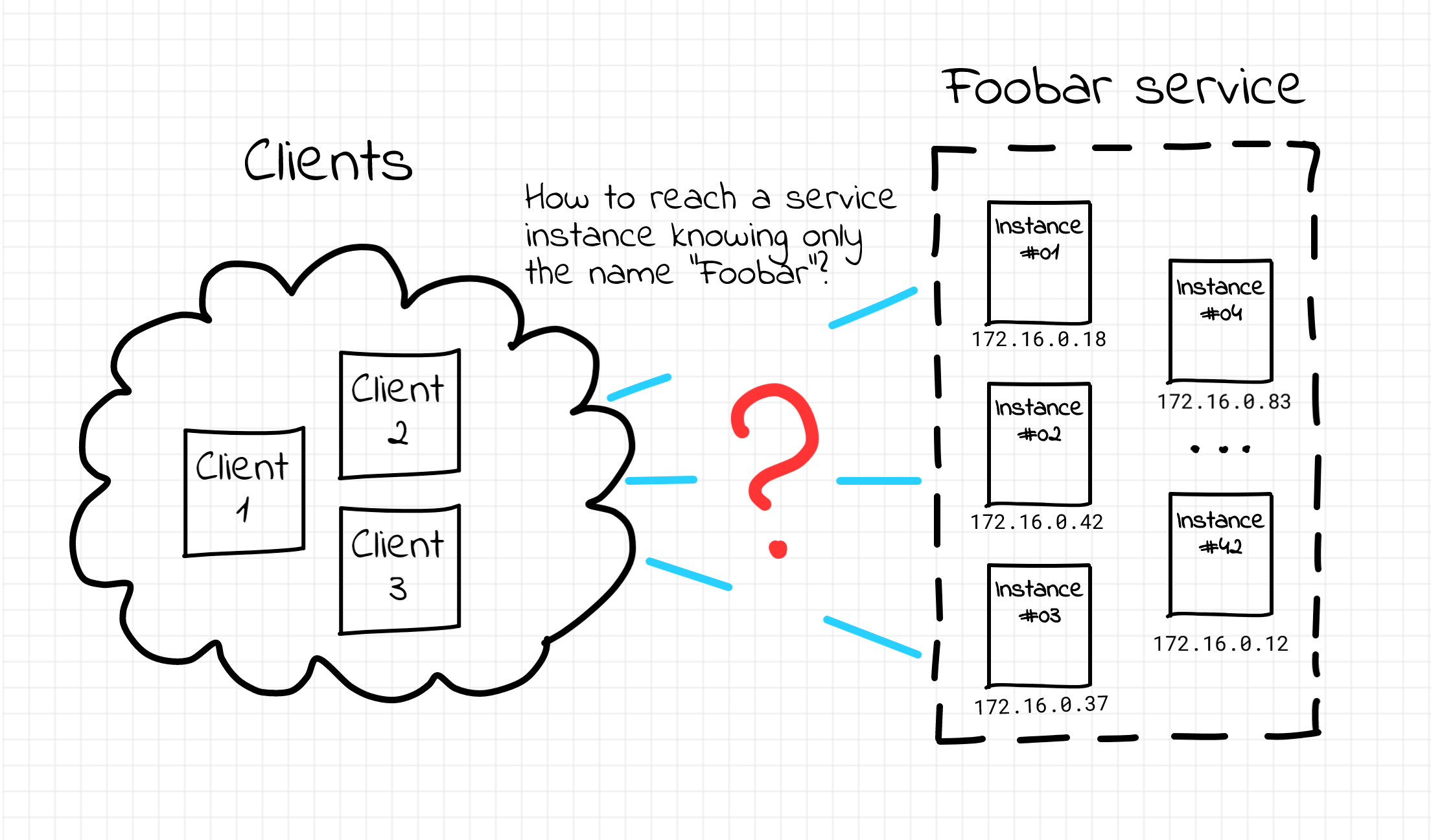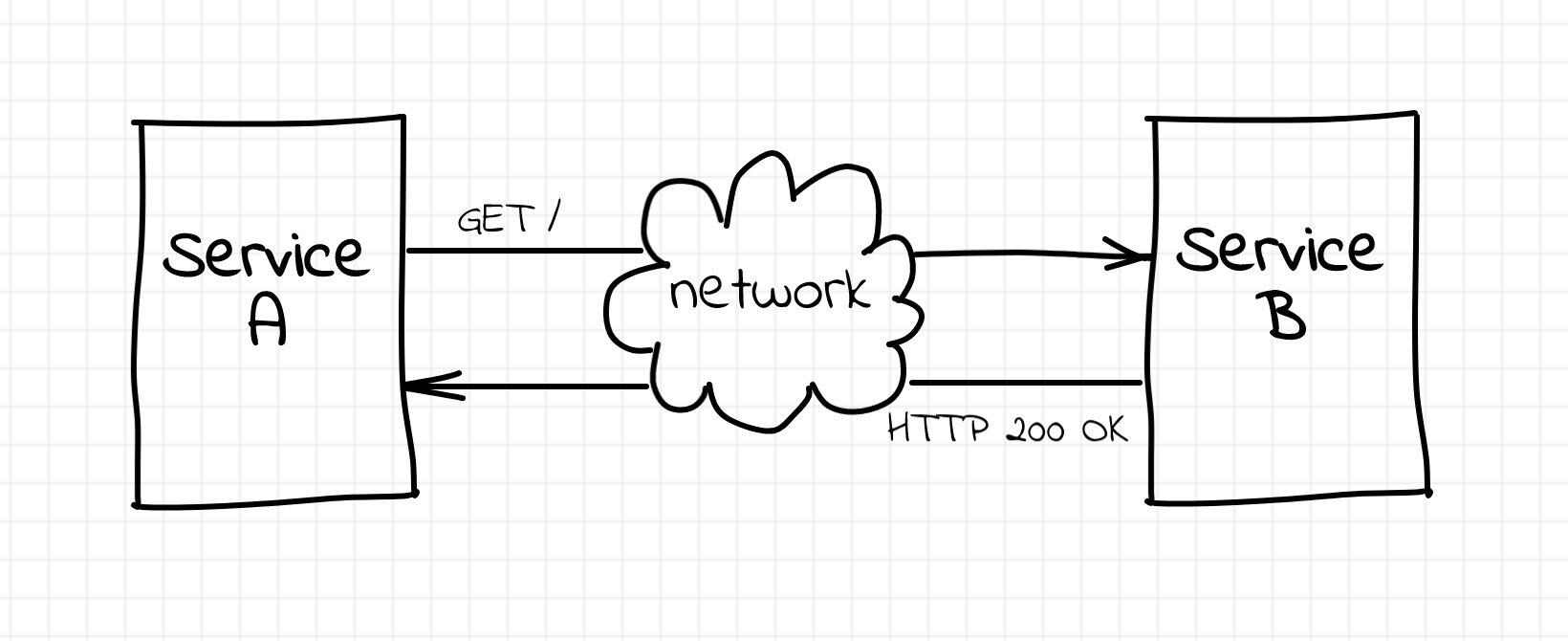Service Discovery in Kubernetes: Combining the Best of Two Worlds
Before jumping to any Kubernetes specifics, let's talk about the service discovery problem in general.
What is Service Discovery
In the world of web service development, it's a common practice to run multiple copies of a service at the same time. Every such copy is a separate instance of the service represented by a network endpoint (i.e. some IP and port) exposing the service API. Traditionally, virtual or physical machines have been used to host such endpoints, with the shift towards containers in more recent times. Having multiple instances of the service running simultaneously increases its availability and helps to adjust the service capacity to meet the traffic demand. On the other hand, it also complicates the overall setup - before accessing the service, a client (the term client is intentionally used loosely here; oftentimes a client of some service is another service) needs to figure out the actual IP address and the port it should use. The situation becomes even more tricky if we add the ephemeral nature of instances to the equation. New instances come and existing instances go because of the non-zero failure rate, up- and downscaling, or maintenance. That's how a so-called service discovery problem arises.

Service discovery problem.

